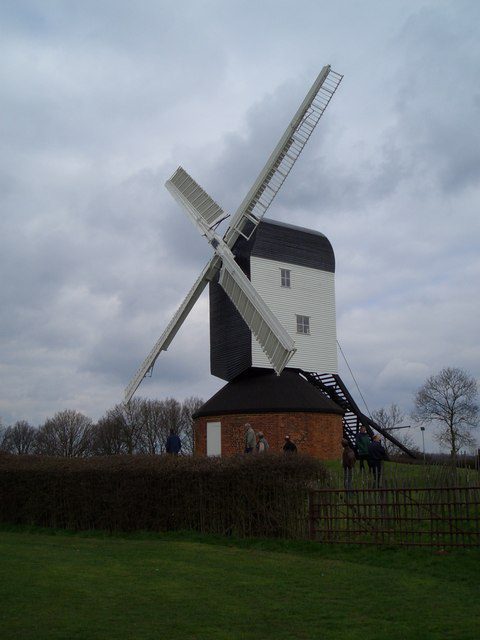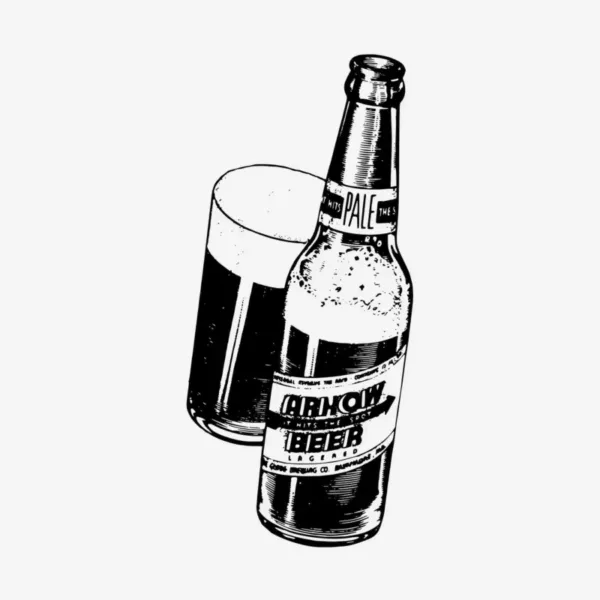In recent years, a beer style has taken the craft beer world by storm, captivating the taste buds of beer enthusiasts and igniting a hazy craze like no other. New England IPAs, also known as NEIPAs or Hazy IPAs, have skyrocketed in popularity and become a defining trend in the craft beer scene. This blog post delves into the captivating rise of New England IPAs, exploring their unique characteristics, brewing techniques, and the reasons behind their fervent following.
The Birth of a Style:
New England IPAs emerged from the vibrant craft beer culture of the New England region in the United States. It was in Vermont, around a decade ago, that the style gained its roots, with brewers experimenting to create a beer that showcased intense hop flavours, a juicy mouthfeel, and a distinctly hazy appearance. This departure from traditional IPA styles birthed a new and exciting beer category.
The Hazy Aesthetic:
One of the key elements that set New England IPAs apart is their hazy appearance. Unlike their clear and filtered counterparts, NEIPAs showcase a cloudy, almost opaque appearance, reminiscent of freshly squeezed fruit juice. This unique aesthetic is achieved through the use of specific brewing techniques and the incorporation of certain grains, such as flaked oats or wheat, which contribute to the characteristic haze.
Bursting with Aromas and Juicy Flavours:
New England IPAs are revered for their explosive aromas and vibrant flavours. These beers typically feature prominent tropical fruit notes, including mango, pineapple, citrus, and passionfruit. The hop character is intense but tends to be less bitter than other IPA styles, allowing the juicy flavours to shine through. The combination of fruity hop profiles and a pillowy mouthfeel creates a sensory experience that beer lovers find irresistible.
Brewing Techniques for the Haze:
Crafting a stellar New England IPA requires specific brewing techniques. Brewers employ methods such as late hop additions, dry hopping during fermentation, and biotransformation, which enhance the interaction between hops and yeast to maximise the expression of fruity flavours. The goal is to extract as much hop aroma and flavour as possible while minimising the harsh bitterness traditionally associated with hop-forward beers.
The Influence of Yeast:
Yeast plays a crucial role in shaping the character of New England IPAs. Brewers often opt for yeast strains that produce fruity esters and emphasise the beer’s juicy qualities. London Ale III, Conan, and Vermont Ale are some popular yeast strains known for their contribution to the style. The selection of the right yeast strain can greatly impact the final flavour profile, mouthfeel, and overall appeal of the beer.
The Hazy Community:
New England IPAs have cultivated a dedicated and passionate community of beer enthusiasts. Whether through online forums, social media, or local brewery events, NEIPA lovers connect to share their latest finds, swap tasting notes, and eagerly discuss new releases. This sense of community and camaraderie has further fuelled the popularity of New England IPAs, transforming them into a cultural phenomenon.
The meteoric rise of New England IPAs has reshaped the craft beer landscape, capturing the palates of beer lovers worldwide. Their hazy appearance, explosive aromas, and juicy flavours have made NEIPAs a sought-after style among both craft beer connoisseurs and newcomers to the beer scene. With a growing number of breweries experimenting with the style and pushing its boundaries, the future of New England IPAs looks as hazy and promising as ever.
So, whether you’re a fan or new to the trend, don’t miss out on experiencing the captivating world of New England IPAs.
Commonly Asked Questions:
What are New England-style IPAs?
New England IPAs, or NEIPAs, are a style of India Pale Ale characterised by their hazy appearance, intense fruit-forward aromas, and juicy flavours. They are known for their low bitterness compared to traditional IPAs, with a focus on showcasing tropical and citrusy hop flavours. NEIPAs often have a soft, smooth mouthfeel and a fuller body, resulting from the use of specific brewing techniques and ingredients.
What is New England IPA vs regular IPA?
The main difference between New England IPAs and regular IPAs lies in their appearance, flavour profile, and brewing techniques. While regular IPAs tend to be clear or slightly hazy, New England IPAs have a distinct cloudy appearance. Regular IPAs typically emphasise hop bitterness, while NEIPAs prioritise the expression of juicy, tropical fruit flavours. Additionally, New England IPAs often use specific brewing techniques like late hop additions and dry hopping during fermentation to enhance aroma and flavour, resulting in a softer and more pillowy mouthfeel compared to regular IPAs.
What is the most popular beer in New England?
While preferences can vary, one of the most popular beers in New England is often considered to be Heady Topper, brewed by The Alchemist in Vermont. Heady Topper played a significant role in popularising the New England IPA style, and its release was met with great acclaim. However, there are numerous outstanding breweries in the region, each with their own flagship beers and cult favourites, making the choice of the most popular beer a matter of personal taste.
What is the difference between West Coast IPA and New England IPA?
West Coast IPAs and New England IPAs represent two distinct styles of IPA. West Coast IPAs, originating from the western United States, are known for their clear appearance, high hop bitterness, and emphasis on resinous, piney, and citrusy hop flavours. They typically have a dry finish and a crisp mouthfeel. In contrast, New England IPAs are characterised by their hazy appearance, lower bitterness, and intense fruit-forward hop aromas. NEIPAs prioritise juicy, tropical fruit flavours and have a softer, fuller mouthfeel. The brewing techniques and hop profiles used in each style contribute to their unique characteristics and flavour profiles.






